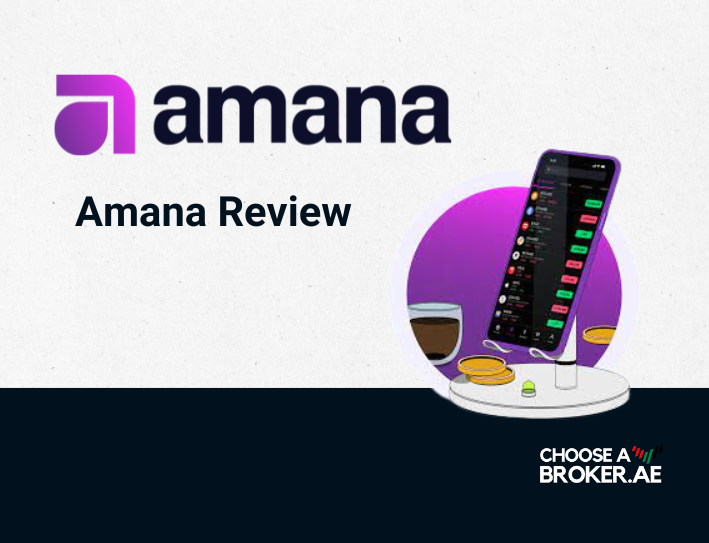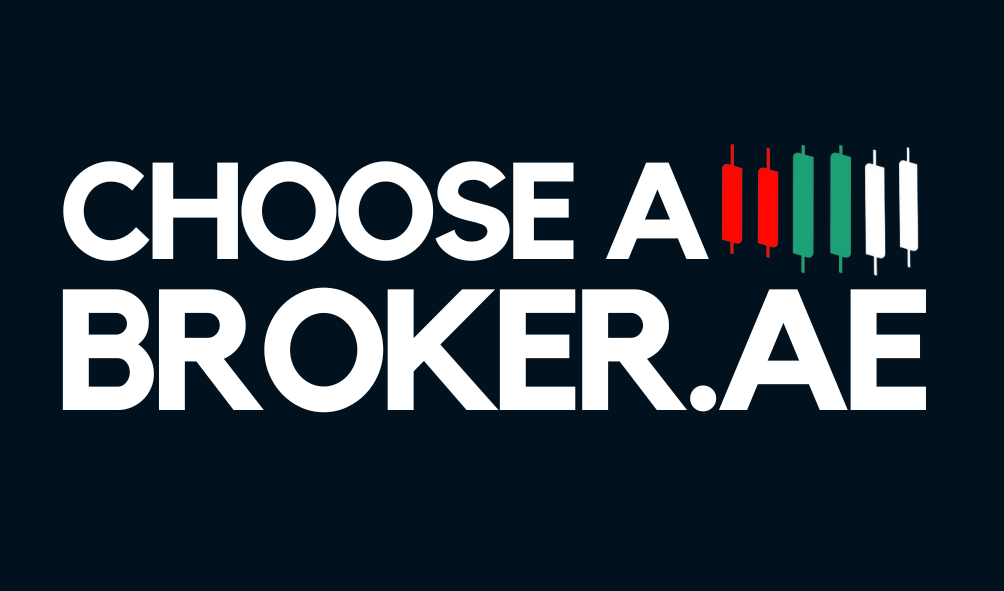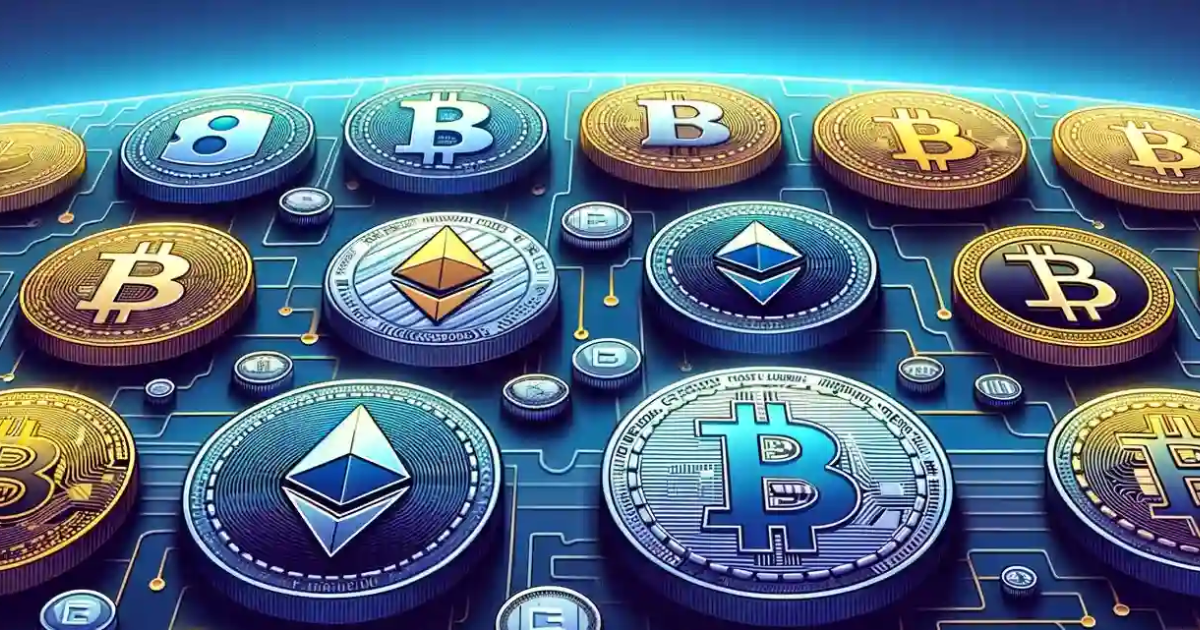By Sam Reid
Picture this: as of April 2025, Bitcoin’s market cap alone topped $1.7 trillion, and Ethereum added another $217 billion—over $2 trillion in digital assets! It’s breathtaking. Markets have never moved this fast. We’ve tracked token launches, bull runs, and sudden crashes, and one thing’s clear: knowing which projects have real fundamentals—and how to buy them safely—can make all the difference.
Let’s dive into the ten coins we believe deserve a spot on your radar this year.
Let’s dive into the ten coins we believe deserve a spot on your radar this year.
Why Your Choice of Broker Matters
You could hand‐pick the hottest tokens, but without the right platform to execute trades, your gains evaporate in slow fills, hidden fees, or worse—security breaches. We’ve tested many providers, and here’s what you need:
- Reliable execution: real-time fills with minimal slippage.
- Rock-solid security: cold-storage custody, hardware-grade encryption.
- Transparent fees: no surprise charges on deposits or withdrawals.
- Local support: quick, region-aware customer service.
Among the top crypto brokers, Amana stands out. It’s fully licensed in the UAE, offers a user-friendly web and mobile interface, and maintains competitive spreads. If you’re in the Emirates, the title of best trading broker in Dubai sees Amana worthy of a spot in the top contenders.

The Top 10 Cryptocurrencies to Watch in 2025
1. Bitcoin (BTC)
The original cryptocurrency remains the “digital gold” of the sector. Limited to 21 million coins, Bitcoin’s Proof-of-Work network is battle-tested and fiercely secure. While energy use is high, its decentralized architecture and brand recognition have driven widespread institutional adoption. Expect continued demand as a hedge against inflation and market turmoil.
2. Ethereum (ETH)
Ethereum transformed blockchains by introducing smart contracts. Now that it’s fully Proof-of-Stake, transaction costs and environmental impact are sharply lower. Its massive DeFi and NFT ecosystems keep developers and capital locked in. Network congestion and gas-fee spikes still pop up, but layer-2 scaling solutions are rolling out fast.
3. BNB (BNB)
Born on the Binance exchange, BNB offers fee discounts and powers the high-speed BNB Chain. With one of the lowest-cost, highest-throughput networks available, it’s great for fast trades and DeFi apps. Centralization and regulatory scrutiny are valid concerns—but Binance’s fight to comply worldwide bodes well for its longevity.
4. Solana (SOL)
Built for speed, Solana can process nearly 65,000 TPS thanks to its hybrid Proof-of-History consensus. Fees average just $0.00025 per transaction. That makes it ideal for high-volume DeFi and gaming dApps. Be aware: occasional network outages have shaken confidence, so watch for stability improvements before loading up.
5. XRP (XRP)
Focused on cross-border settlements, XRP settles transactions in seconds—far faster than SWIFT. Its low fees and bank-friendly design drive partnerships in traditional finance. Legal battles with the U.S. SEC inject uncertainty, but a win could unleash fresh upside.
6. Dogecoin (DOGE)
What started as a meme now boasts a passionate community and celebrity endorsements. Dogecoin’s uncapped supply fuels constant inflation, yet its lightning-fast block times and fun branding keep speculation alive. We’d only allocate a small slice of risk capital here.
The original cryptocurrency remains the “digital gold” of the sector. Limited to 21 million coins, Bitcoin’s Proof-of-Work network is battle-tested and fiercely secure. While energy use is high, its decentralized architecture and brand recognition have driven widespread institutional adoption. Expect continued demand as a hedge against inflation and market turmoil.
2. Ethereum (ETH)
Ethereum transformed blockchains by introducing smart contracts. Now that it’s fully Proof-of-Stake, transaction costs and environmental impact are sharply lower. Its massive DeFi and NFT ecosystems keep developers and capital locked in. Network congestion and gas-fee spikes still pop up, but layer-2 scaling solutions are rolling out fast.
3. BNB (BNB)
Born on the Binance exchange, BNB offers fee discounts and powers the high-speed BNB Chain. With one of the lowest-cost, highest-throughput networks available, it’s great for fast trades and DeFi apps. Centralization and regulatory scrutiny are valid concerns—but Binance’s fight to comply worldwide bodes well for its longevity.
4. Solana (SOL)
Built for speed, Solana can process nearly 65,000 TPS thanks to its hybrid Proof-of-History consensus. Fees average just $0.00025 per transaction. That makes it ideal for high-volume DeFi and gaming dApps. Be aware: occasional network outages have shaken confidence, so watch for stability improvements before loading up.
5. XRP (XRP)
Focused on cross-border settlements, XRP settles transactions in seconds—far faster than SWIFT. Its low fees and bank-friendly design drive partnerships in traditional finance. Legal battles with the U.S. SEC inject uncertainty, but a win could unleash fresh upside.
6. Dogecoin (DOGE)
What started as a meme now boasts a passionate community and celebrity endorsements. Dogecoin’s uncapped supply fuels constant inflation, yet its lightning-fast block times and fun branding keep speculation alive. We’d only allocate a small slice of risk capital here.

7. Cardano (ADA)
Inspired by peer-reviewed research, Cardano emphasizes security, scalability, and sustainability. Its Proof-of-Stake Ouroboros protocol uses far less energy than PoW chains. The ecosystem is still maturing, but partnerships in education and government could spark broader adoption in 2025.
8. Avalanche (AVAX)
Avalanche’s subnet framework lets projects launch custom chains with tailored rules. Transactions finalize in under one second, and fees remain low. A 2,000-AVAX minimum stake may deter small validators, but active participants earn steady rewards in this rapidly growing DeFi hub.
9. Shiba Inu (SHIB)
A sister memecoin to DOGE, Shiba Inu gained traction through ShibaSwap, its own decentralized exchange. Social-media buzz fuels wild swings. Extreme volatility means SHIB is strictly for traders with high risk tolerance, but it remains a community favorite.
10. Polkadot (DOT)
Polkadot’s relay-chain architecture connects distinct blockchains—parachains—seamlessly. Interoperability is its biggest draw. Slot auctions can be costly, but parachains offer bespoke performance and shared security. With more developers building on Polkadot, watch for fresh use cases to emerge.
Conclusion
No single token guarantees a windfall. But by focusing on projects with strong fundamentals—network security, real-world use cases, and active developer ecosystems—we tilt the odds in our favor.
As you diversify, remember to pick a reliable platform: we’ve found Amana to be among the top crypto brokers for its blend of security, service, and compliance. Trade smart, manage risk, and keep learning. The next bull run could reward those who prepared today!
As you diversify, remember to pick a reliable platform: we’ve found Amana to be among the top crypto brokers for its blend of security, service, and compliance. Trade smart, manage risk, and keep learning. The next bull run could reward those who prepared today!
Frequently Asked Questions
Which crypto will boom in 2025?
While it’s impossible to predict with certainty, Solana and Avalanche both tackle scalability with unique consensus designs, making them strong contenders. Ethereum’s ongoing layer-2 upgrades could also drive ETH demand. Always weigh on-chain metrics—like daily active addresses and volume—to gauge real momentum.
Which coin will go 1000x?
1000x gains are extremely rare, typically reserved for very small-cap tokens before they’re discovered. Among large caps, historic winners like BNB saw astonishing growth, but replicating that in 2025 is unlikely. If you seek 1000x potential, consider allocating a small portion of your portfolio to high-risk, next-generation projects—while expecting many will fail.
Which coin will reach $1 in 2025?
Most top tokens already trade above $1—XRP, ADA, and DOT, for instance. Among sub-dollar assets, Cardano (currently around $0.72) has a reasonable shot at crossing $1 if its development roadmap stays on track. However, coins with massive supplies, like SHIB, face steeper hurdles.
Which crypto will boom in 5 years?
Over a 5-year horizon, networks solving real-world problems tend to outperform. We’re watching Polkadot for interoperability, Chainlink for secure oracles, and Layer-2 Ethereum solutions for scaling. Bitcoin remains a core store of value, but emerging layer-1s and layer-2s—if they achieve mass adoption—could deliver outsized returns.
While it’s impossible to predict with certainty, Solana and Avalanche both tackle scalability with unique consensus designs, making them strong contenders. Ethereum’s ongoing layer-2 upgrades could also drive ETH demand. Always weigh on-chain metrics—like daily active addresses and volume—to gauge real momentum.
Which coin will go 1000x?
1000x gains are extremely rare, typically reserved for very small-cap tokens before they’re discovered. Among large caps, historic winners like BNB saw astonishing growth, but replicating that in 2025 is unlikely. If you seek 1000x potential, consider allocating a small portion of your portfolio to high-risk, next-generation projects—while expecting many will fail.
Which coin will reach $1 in 2025?
Most top tokens already trade above $1—XRP, ADA, and DOT, for instance. Among sub-dollar assets, Cardano (currently around $0.72) has a reasonable shot at crossing $1 if its development roadmap stays on track. However, coins with massive supplies, like SHIB, face steeper hurdles.
Which crypto will boom in 5 years?
Over a 5-year horizon, networks solving real-world problems tend to outperform. We’re watching Polkadot for interoperability, Chainlink for secure oracles, and Layer-2 Ethereum solutions for scaling. Bitcoin remains a core store of value, but emerging layer-1s and layer-2s—if they achieve mass adoption—could deliver outsized returns.
Disclaimer: Remember that forex and CFD trading involves high risk. Always do your own research and never invest what you cannot afford to lose.
Not investment advise. Content above is only for educational purposes.



